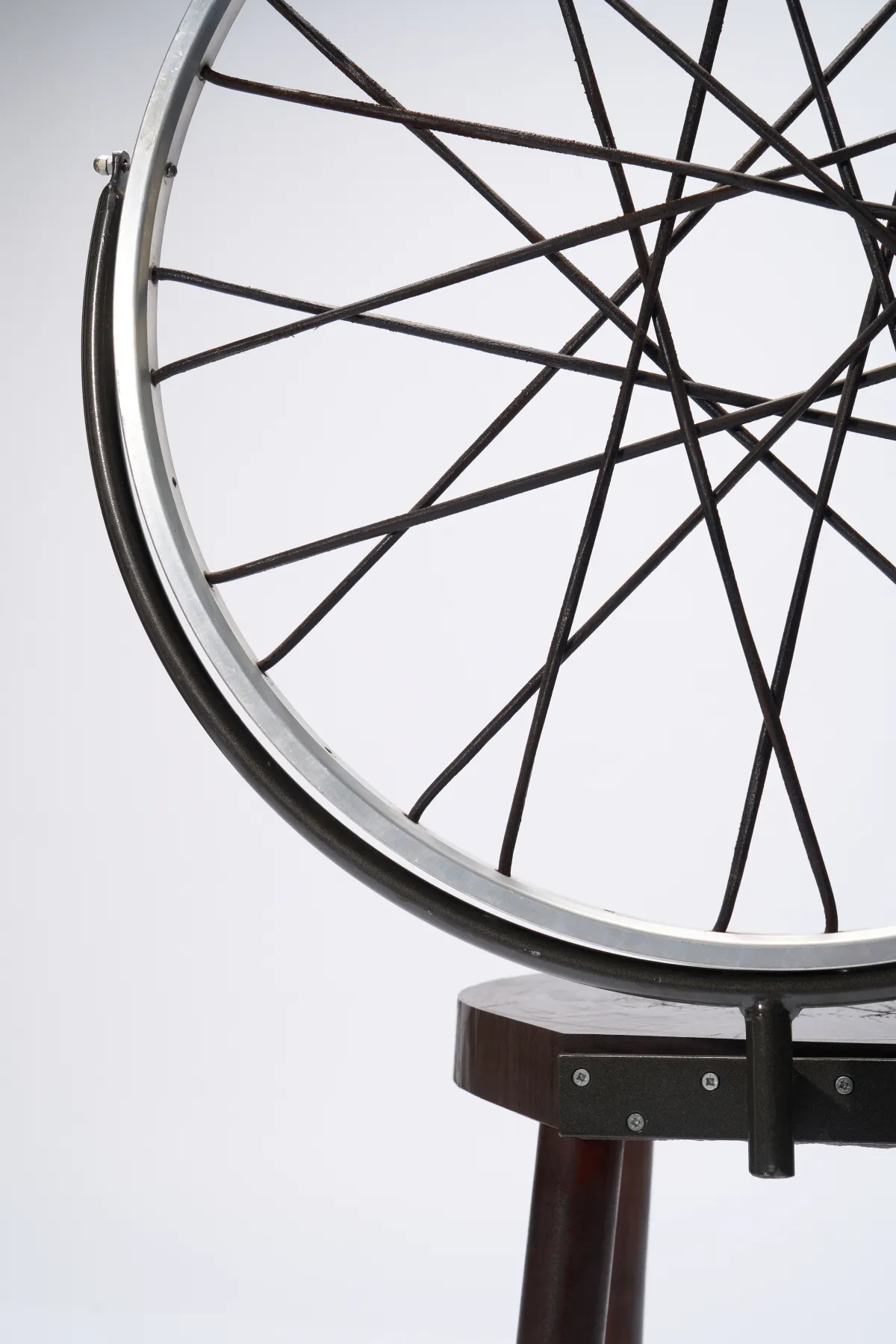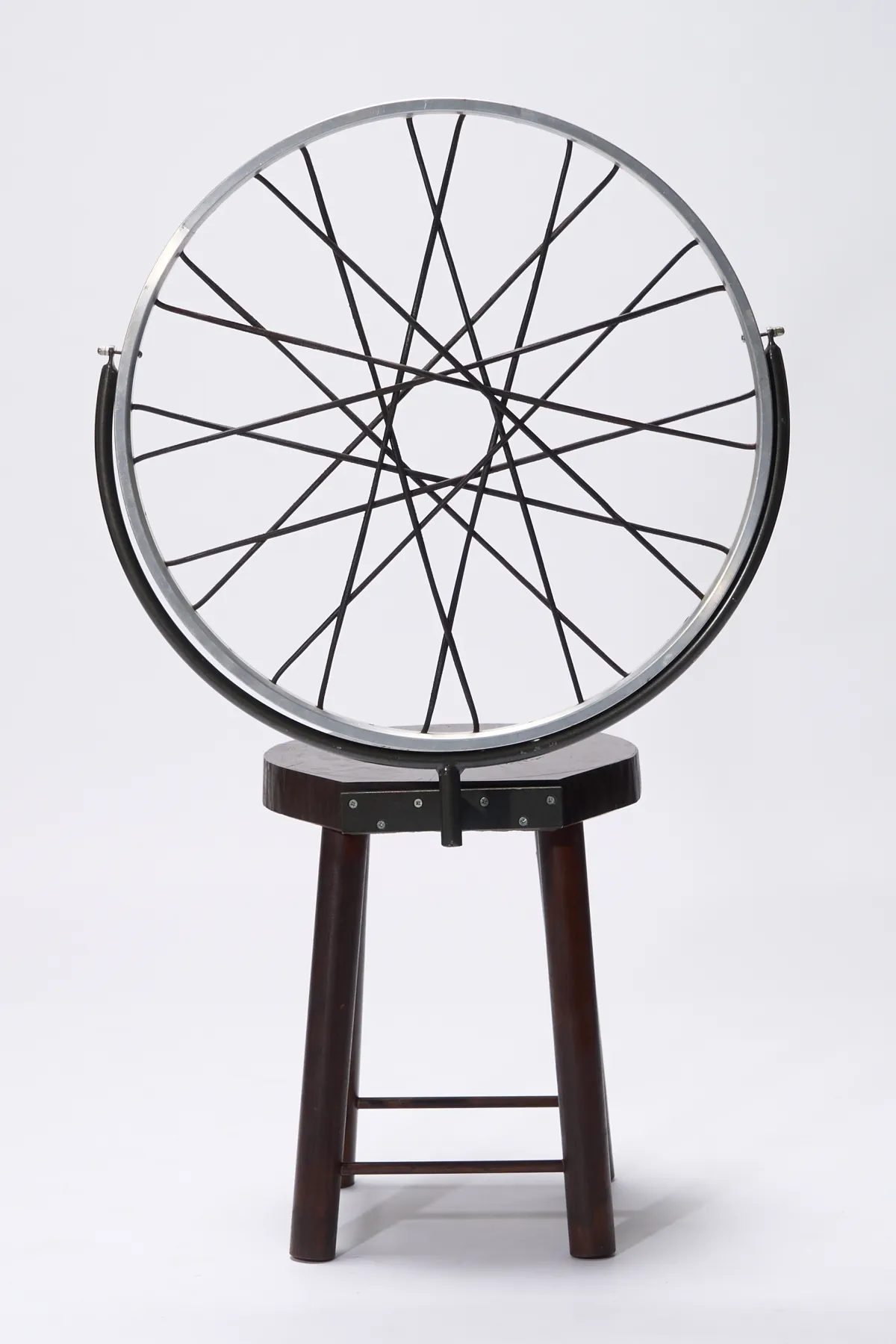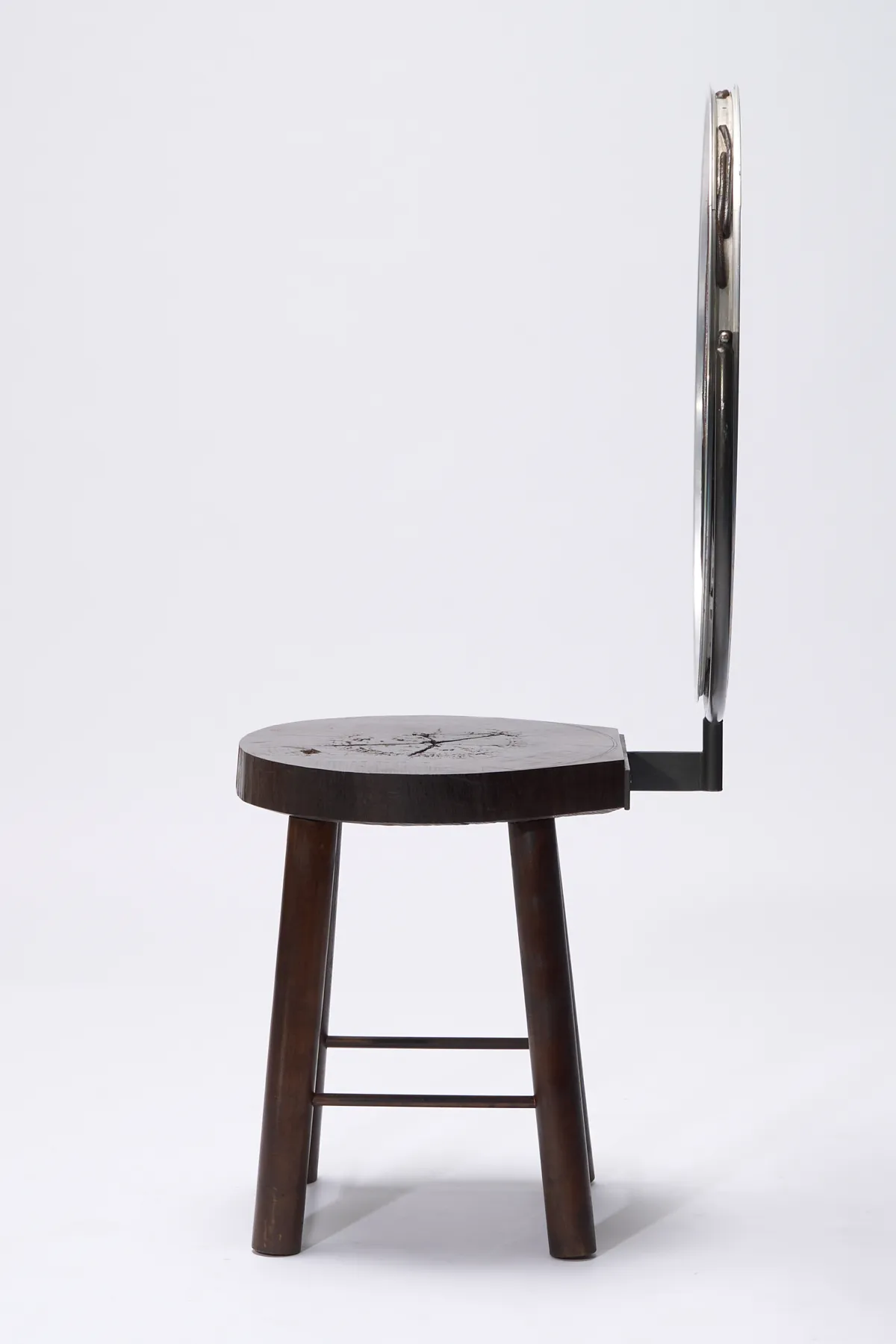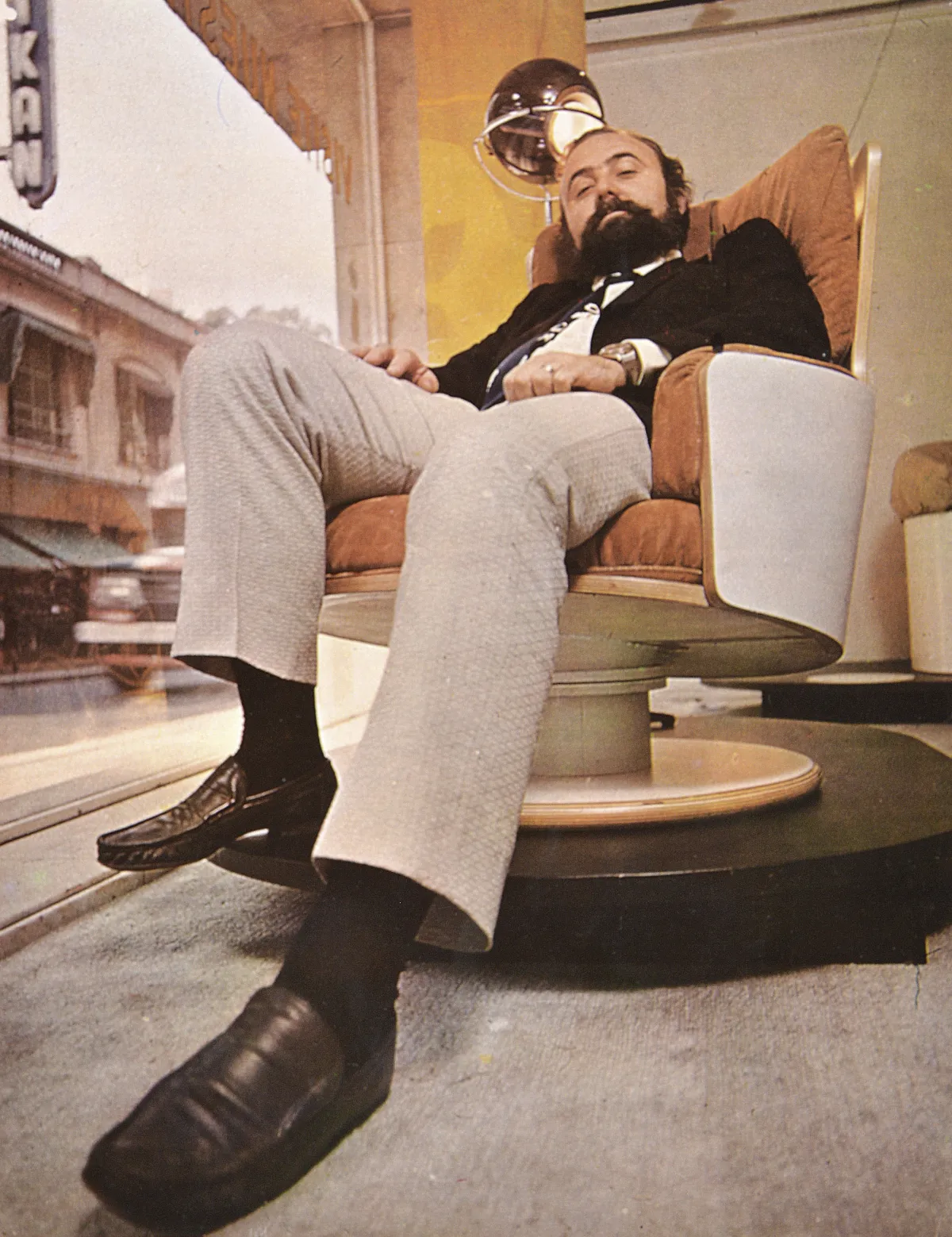
Silla de Campo
Conceived as a conceptual work, this piece reinterprets Marcel Duchamp's work: “Bicycle Wheel”. The ready-made sculpture from 1913 presents the same elements that Blanco used to conceive his chair. On this occasion, he adds a telluric language, approaching the Argentine identity. In his words: “They are not chairs. They are a little more than chairs. The chair, I believe, was never just a chair and even more so since modern design focused on it. This is an operation that tries to link a theme, a classic element of design, with certain operational situations of art. In some cases they are formally similar, in others they are more conceptual and there are some specific reflections.”
- Authorship — Ricardo Blanco
- Object Type — Chair
- Material and Technique — Lapacho wood, aluminum and leather cord
- Measurements — 61 x 46 x 107 cm
- Origin — Argentina
- Dating — 2005
- Condition — Original
ID 240007






